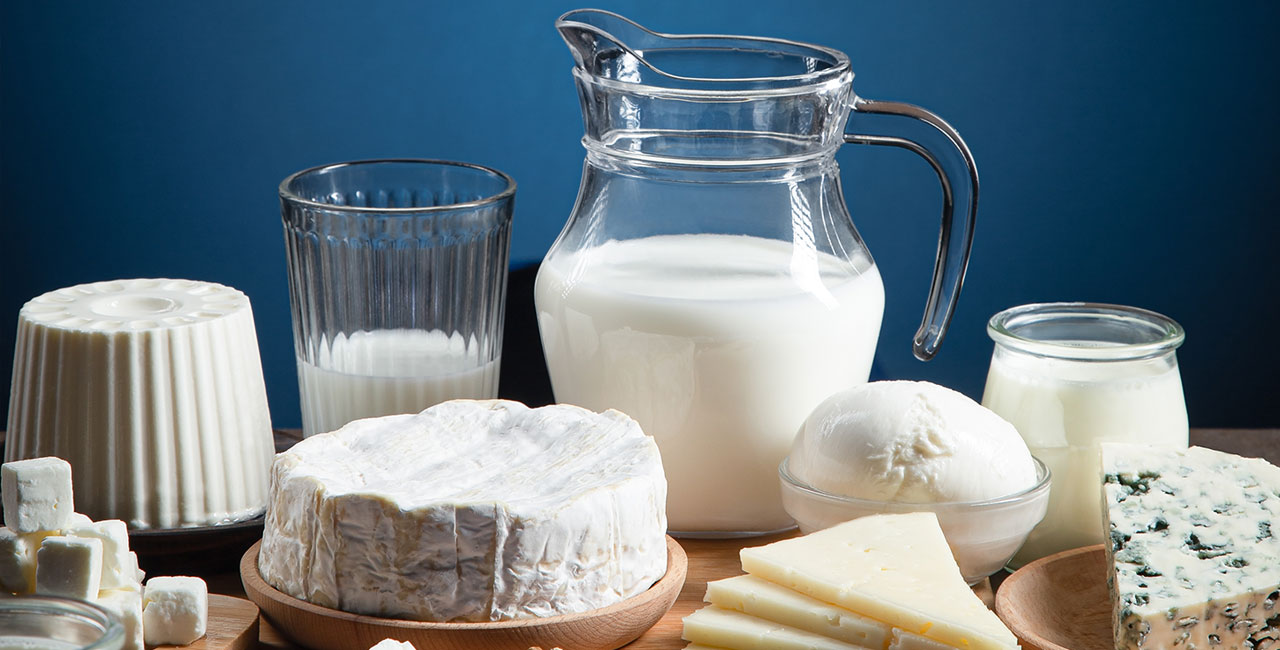
Winter Storage Tips: How to Keep Dairy Products Fresh in Cold Weathera

Winter in Nepal brings chilly temperatures that can affect the freshness and quality of dairy products like milk, cheese, yogurt, and butter. While cold weather can help preserve food, improper storage can still lead to spoilage, texture changes, or loss of flavor.
Whether you’re a dairy farmer, restaurant owner, or household user, these winter storage tips will help you keep your dairy products fresh and safe during Nepal’s coldest months.
Challenges of Storing Dairy in Winter
Before diving into solutions, let’s understand the key challenges:
- Temperature Fluctuations – Nights are freezing, while days may be slightly warmer, causing inconsistent cooling.
- Moisture & Condensation – Excess moisture can lead to mold growth on cheese and butter.
- Freezing Risks – Milk and yogurt can freeze in extreme cold, altering texture and taste.
- Power Outages – Common in Nepal, leading to fridge failures.
Best Practices for Storing Dairy in Winter
1. Optimal Refrigerator Temperature Settings
- Ideal Temp: Keep your fridge between 1°C to 4°C (34°F to 39°F).
- Avoid Freezing: If storing near a window or in an unheated space, ensure the fridge isn’t too cold.
- Use a Fridge Thermometer – Helps monitor fluctuations.
2. Proper Packaging to Prevent Moisture & Odors
- Milk & Yogurt: Keep in airtight containers to avoid absorbing fridge odors.
- Cheese: Wrap in parchment paper (not plastic) to allow breathing while preventing dryness.
- Butter: Store in a butter bell or covered dish to avoid rancidity.
3. Avoid Storing Dairy Near the Fridge Door
- The door is the warmest part of the fridge due to frequent opening.
- Store dairy on middle or lower shelves where temperature is most stable.
4. Handling Power Outages
- Use Insulated Coolers – If power cuts are frequent, transfer dairy to a cooler with ice packs.
- Limit Fridge Openings – Reduces cold air loss.
- Keep Fridge Full – A fuller fridge retains cold longer.
5. Preventing Freezing in Extremely Cold Areas
- If your fridge is in an unheated room, check if dairy is freezing.
- Adjust the thermostat slightly higher if needed.
- Move milk/yogurt to a less cold spot (like the vegetable drawer).
6. Storing Dairy Without a Fridge (Emergency Tips)
In case of prolonged power cuts, use traditional methods:
- Earthen Pots (Matka): Keeps milk cool naturally.
- Cold Water Bath: Submerge milk containers in cold water (change water frequently).
- Underground Storage: Some farmers use insulated pits for short-term storage.
Special Care for Different Dairy Products
1. Milk
- Raw Milk: Consume within 1-2 days (even in winter).
- Pasteurized Milk: Lasts 4-5 days if stored properly.
- UHT Milk: Best for emergencies (lasts months unopened).
2. Cheese
- Hard Cheese (e.g., Cheddar): Lasts weeks if wrapped properly.
- Soft Cheese (e.g., Paneer): Use within 3-4 days or freeze for longer storage.
3. Yogurt & Curd
- Keep in the main fridge compartment (not the door).
- If it freezes, stir well after thawing to restore texture.
4. Butter & Ghee
- Butter: Can turn rancid if exposed to light/air. Use butter crocks.
- Ghee: Stays stable at room temperature but keep away from moisture.
Common Mistakes to Avoid
❌ Leaving milk outside (temperature changes spoil it faster).
❌ Storing cheese in plastic wrap (traps moisture, promotes mold).
❌ Overstocking the fridge (blocks air circulation).
❌ Ignoring condensation (wipes off excess moisture to prevent mold).

